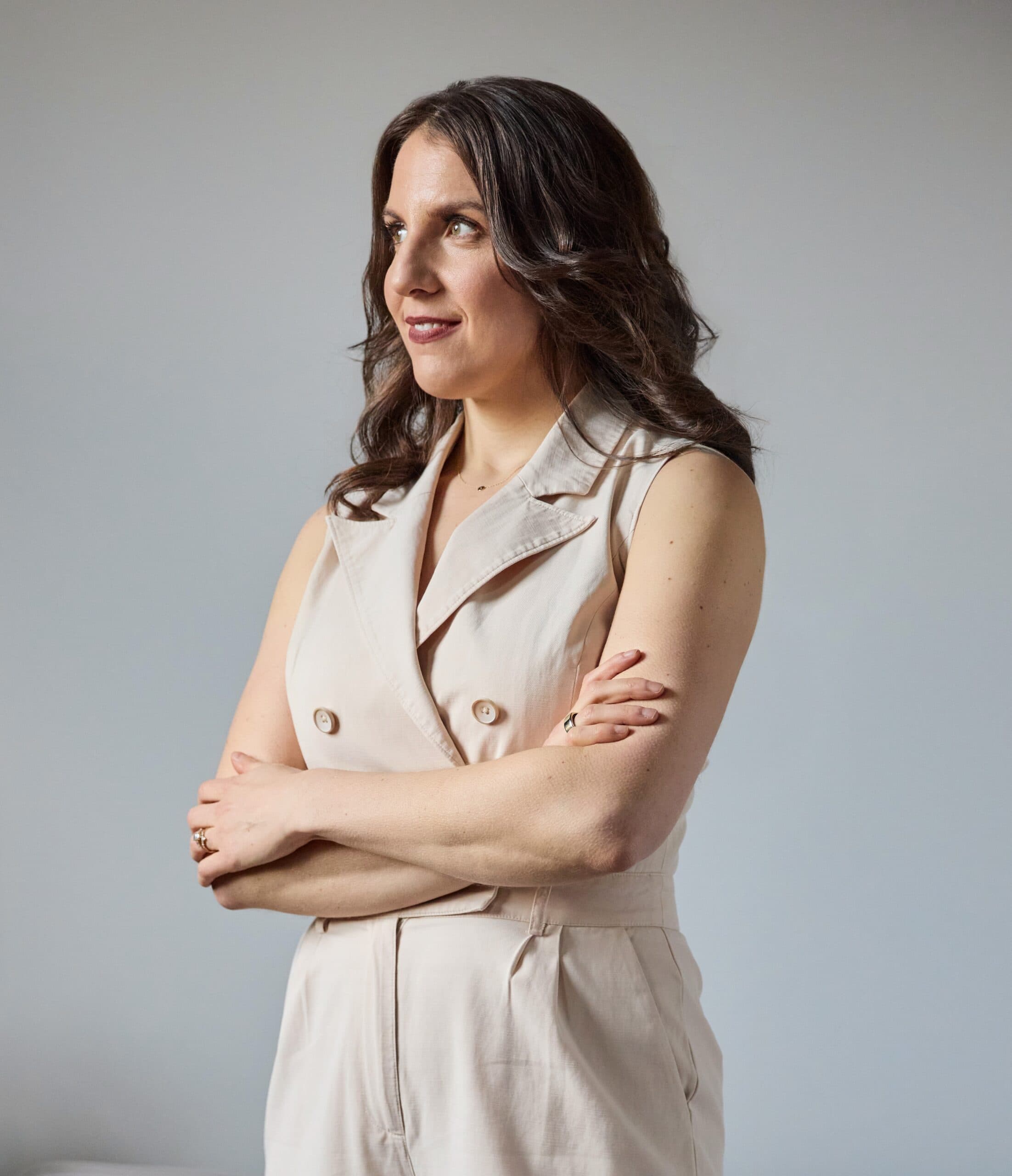FREE TRAINING:
5 Steps to Speak Like a Senior Leader
By submitting this form you consent to receive newsletters and promotions via email. You can unsubscribe or opt-out at any time. See our Privacy Policy.

You’ve got the brains (obviously). You’ve got skills (in spades). Now let’s get you the confidence and influence to match.